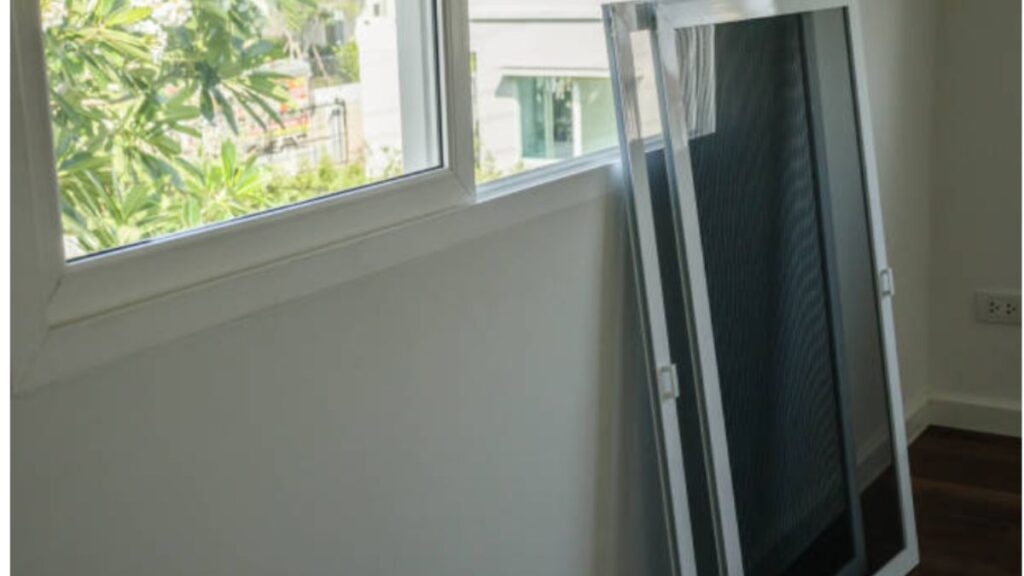There’s something magnetic about sunlight flooding through wide glass windows on a crisp morning—golden beams brushing against hardwood floors, bouncing gently off chrome and porcelain surfaces, painting shadows like silent poetry across the living room wall. But with this radiance comes a price. Wide, beautiful windows often leave homeowners feeling like they live in a fishbowl—exposed, vulnerable, and constantly watched. The solution? Privacy tint.
In recent years, privacy tint for your home has stepped out from behind the cloak of commercial anonymity and into the spotlight of residential design. No longer reserved for skyscrapers and storefronts, window tinting has evolved into an elegant and highly functional upgrade for homes of every style and era. From sleek, contemporary builds to charming Victorian terraces, this quiet revolution in glass treatment is reshaping how we think about light, comfort, and above all, privacy.
Curtains Are Not Enough Anymore
Let’s be honest. Traditional methods of blocking prying eyes, such as curtains, blinds, and shutters, while effective to some degree, often come at the cost of natural light. You either have privacy or illumination, rarely both. Privacy tint rewrites that equation.
Imagine a window that allows you to bask in daylight while blocking external visibility. You can see out, but nosy neighbours can’t see in. It’s as though the glass itself is conspiring in your favour, shielding your sanctuary without asking you to compromise aesthetics or ambience.
More Than Just Privacy
At first glance, the term “privacy tint” might seem purely self-explanatory—just a tinted layer that darkens glass to obscure visibility. But delve a little deeper and its capabilities stretch far beyond its title.
Modern privacy films come equipped with a suite of benefits. UV protection, for instance, is a quiet warrior in the battle against fading furniture, sun-damaged artwork, and even skin damage. Some films block up to 99% of harmful ultraviolet rays. Then there’s heat reduction—a godsend during sweltering summers, keeping rooms cooler without over-relying on air conditioning. That’s energy efficiency, redefined.
And let’s not overlook glare reduction. Whether you’re working from home or binge-watching your favourite series, fewer glares mean fewer interruptions—peace, uninterrupted.
Aesthetic Elevation
Privacy tint doesn’t scream. It whispers—elegantly. Unlike heavy drapery or clunky blinds that dominate a room’s visual language, window films have an understated charm. They’re seamless, minimalistic, and effortlessly modern. There’s something oddly satisfying about a smooth pane of tinted glass that reflects just enough to intrigue, yet not enough to reveal.
Tints come in various shades and finishes—from reflective silver tones to subtle frosts and decorative patterns. The flexibility allows homeowners to tailor their tint to both functional and stylistic needs. Whether you prefer the stealth of mirrored glass or the softness of a semi-opaque film, there’s a tint to match your vision.
Day and Night Dynamics
One common concern that surfaces among curious homeowners is the functionality of privacy tints after sundown. During daylight, the tint works in your favour due to natural light differentials. However, at night, when interior lights are on, the balance shifts, potentially allowing visibility from the outside.
Here’s where layered solutions shine. Many choose to complement their tints with translucent roller blinds or smart curtains for nighttime use. Alternatively, newer generation films include transitional tints that adapt to lighting changes or are paired with smart glass technology for on-demand opacity.
Installation: Quick, Clean, and Convenient
Gone are the days when home improvement equated to days of mess and noise. Privacy tinting is refreshingly non-invasive. Depending on the size and number of windows, professional installation can be completed in mere hours. There’s no drilling, no dust—just precision application and instant transformation.
And the best part? Should you choose to sell your home or update your interiors later, most films are removable without damaging the original glass beneath. It’s a flexible commitment, not a permanent fixture.
Environmental and Financial Gains
It’s not often that you get a solution that protects your privacy, enhances your comfort, and saves you money—all at once. Yet, privacy tints deliver on all fronts. By reducing heat penetration and retaining indoor warmth during winter, window films help regulate indoor temperatures. That translates to lower energy bills and a reduced carbon footprint—a win for your wallet and the planet.
Moreover, window tinting can even increase your home’s value. Buyers are increasingly drawn to features that promote energy efficiency and privacy, especially in urban or high-density neighbourhoods. It’s a subtle upgrade that pays dividends both emotionally and financially.
For Families, Professionals, and Everyone In Between
Whether you’re a busy professional conducting virtual meetings in your home office, a parent seeking a more secure environment for children, or a retiree embracing the serenity of a sunlit sitting room, privacy tint caters to all lifestyles.
For those living on ground floors or adjacent to busy streets, the sense of safety provided by tinted windows is unmatched. For upper-floor apartments with panoramic views, it enhances enjoyment without sacrificing discretion. It’s personalisation at the architectural level—small change, big impact.
A Quiet Revolution Worth Embracing
Perhaps what’s most compelling about privacy tint is its subtlety. There’s no dramatic unveiling, no grand gestures—just a quiet, consistent improvement to how you live and feel inside your home. It allows you to reclaim your space, not by barricading it, but by refining it.
In a world where intrusion is as simple as a sideways glance, privacy has become a modern luxury. And like all great luxuries, it should feel effortless. Privacy tint offers that effortlessness, wrapped in clarity, comfort, and sophistication.
We hope you enjoyed reading this article. If you found it helpful, be sure to check out our blog for more informative resources.







